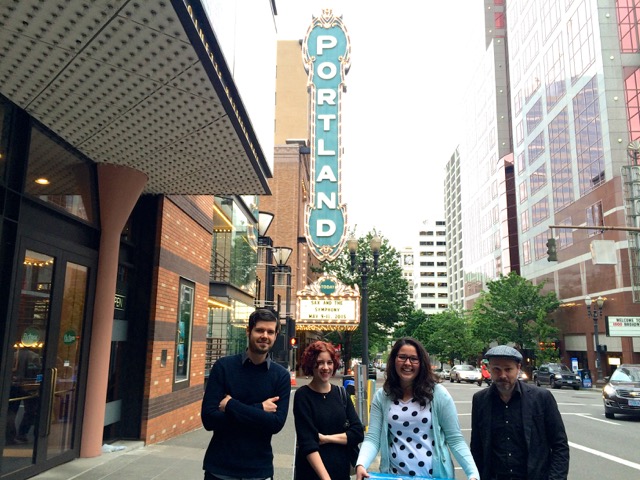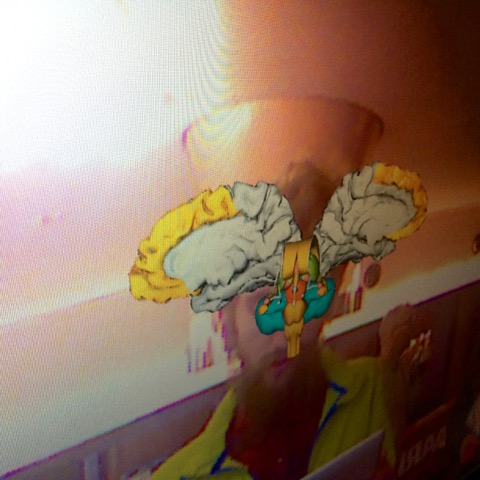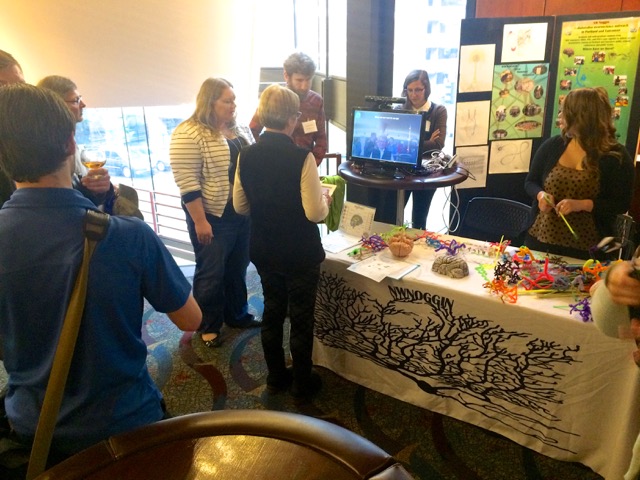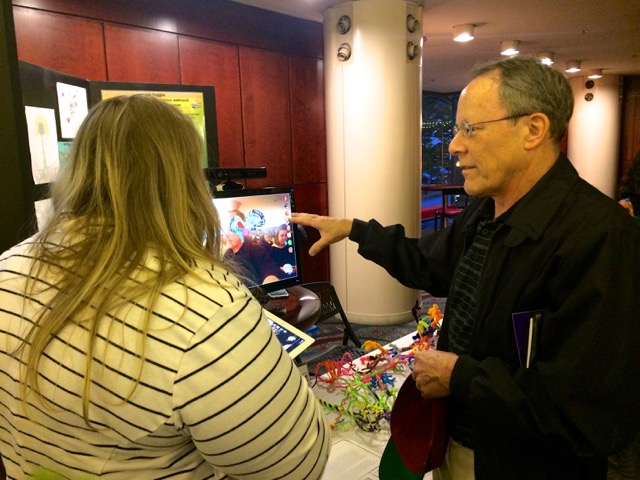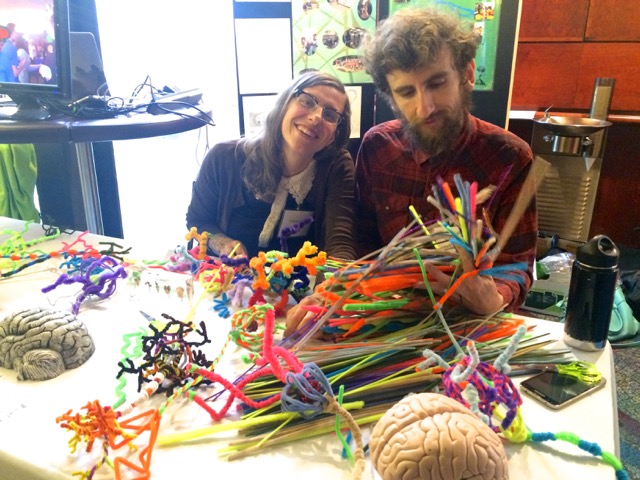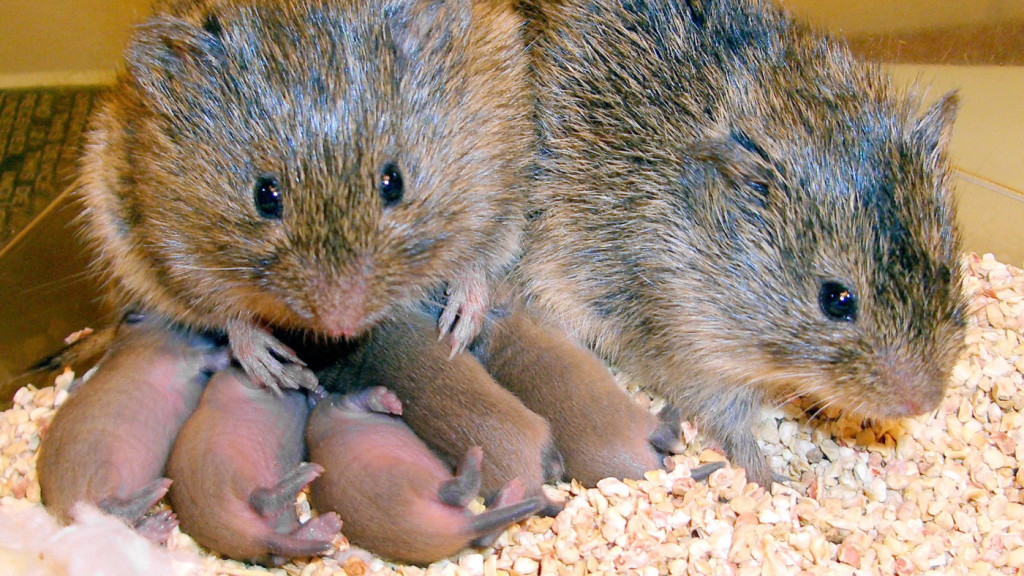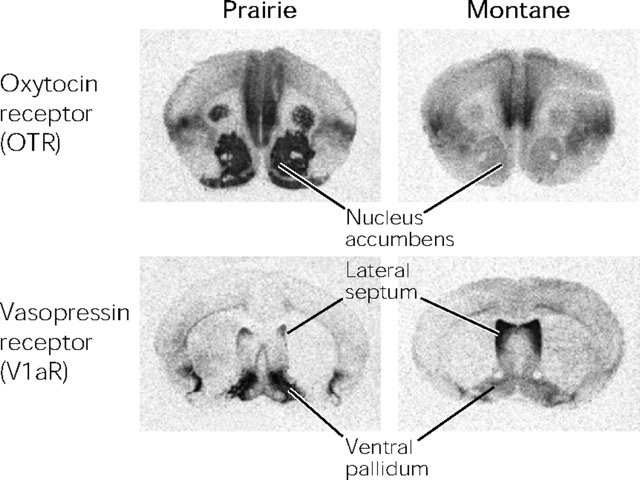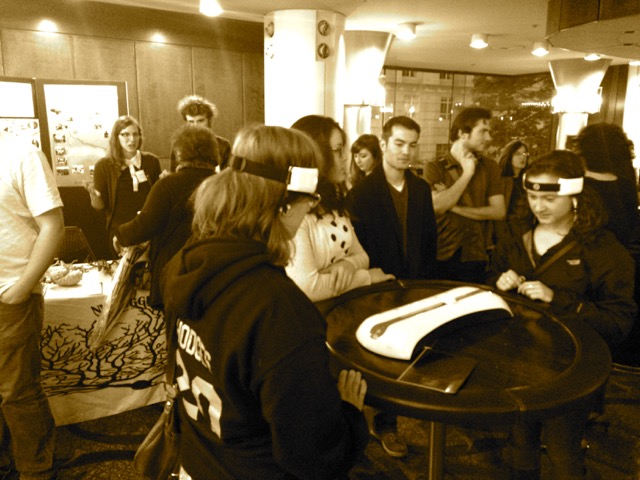Once again, thanks to the generosity of the OHSU Brain Institute, we brought our busy outreach volunteers to an extraordinary lecture by Patricia Churchland at the Newmark Theater in downtown Portland this week…
We staffed another NW Noggin table, and had great fun introducing theater-goers to the creative joys of building pipe cleaner neurons, and seeing a representation of their own brain follow them around on screen…
Brittany Wouden and Angela Morelli have continued to make improvements to their myBrain! program, which now offers touch screen buttons for illuminating brain areas and networks impacted by specific perceptual experiences and drugs, like alcohol (note the nice hoppy glow to the frontal lobes, below)…
Patricia Churchland, a persuasive philosopher at the University of California San Diego, is happily unusual in her field. Many philosophers treat the brain as a mysterious “black box,” whose innards are irrelevant, but Dr. Churchland focuses on the neurophysiological basis of the “self” and moral behavior, in her most recent book Touching a Nerve: The Self as Brain…
There is such a clear link between the structure of the nervous system, and its function, including cognition, perception, and complex social decision making, that to ignore, or discount, how the brain is built up, and wired together, is to miss the opportunity for a fundamental understanding of how the brain (in close connection with the body) is actually the adaptive and extraordinary physical basis of you…
Dr. Churchland spoke of the evolutionary origins of mammalian socialization, critical for the notably long developmental periods required for the maturation of the brain, and the neurochemical adaptations that contribute to our altruistic support for kith, and kin…
One of those neurochemical adaptations involves two short proteins (or “peptides”), known as oxytocin and vasopressin. Oxytocin release contributes to labor, and lactation, and helps promote bonding between parent and infant. It’s also released in the brain during orgasm, and evidence suggests a significant and complex role for both it and the related neurochemical vasopressin in social behavior…
Prairie voles, for example (pictured above), express many receptors for oxytocin in the nucleus accumbens, and in other targets of the mesolimbic dopamine networks critical for motivated behavior, and the expectation of reward – and these animals are known for strong monogamous pairing, and dual parental support for their developing pups…
And if you generate transgenic female prairie voles that overexpress oxytocin receptors in the accumbens, they will pair bond more quickly..!
Male montane voles, in contrast, have far fewer oxytocin receptors in this brain region (they have more in a different area, known as the lateral septum), and they are promiscuous, and spend a lot more time alone.
From ,
They also have differential expression of vasopressin receptors, and studies have shown that mice which are genetically altered to express the prairie vole distribution of these neuropeptide receptors exhibit more affiliative, monogamous behaviors…
Dr. Churchland, who recently appeared on Stephen Colbert, described how Colbert had explained to her that – clearly – the prairie voles were just Christians!
Even in prairie voles, their ability to form strong pair bonds does not kick in until they mate with their future partner, oxytocin is released, and persistent, epigenetic changes are initiated in the expression of genes for oxytocin receptors.
Therefore, a vole literally needs to increase the density of oxytocin receptors in its nucleus accumbens in order to “fall in love…” Researchers conducting a study in 2013 managed to induce pair bond formation by switching on oxytocin receptor expression in voles that were housed together but had not yet mated…
The philosophical and social implications of this work, and other research illuminating the relationship between brain structure and function, including “moral” decision making behaviors like fidelity and commitment to family and friends, are of course compelling, productive, and profound…
After the lecture, we met with many more audience members…
It was a terrific, thought-provoking night of neurophilosophy…



